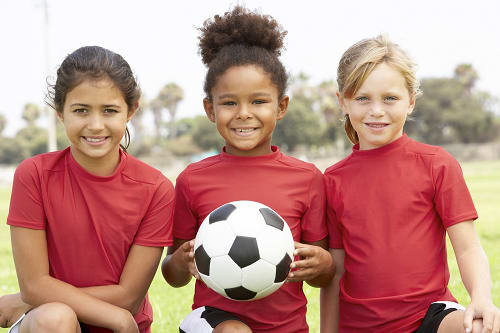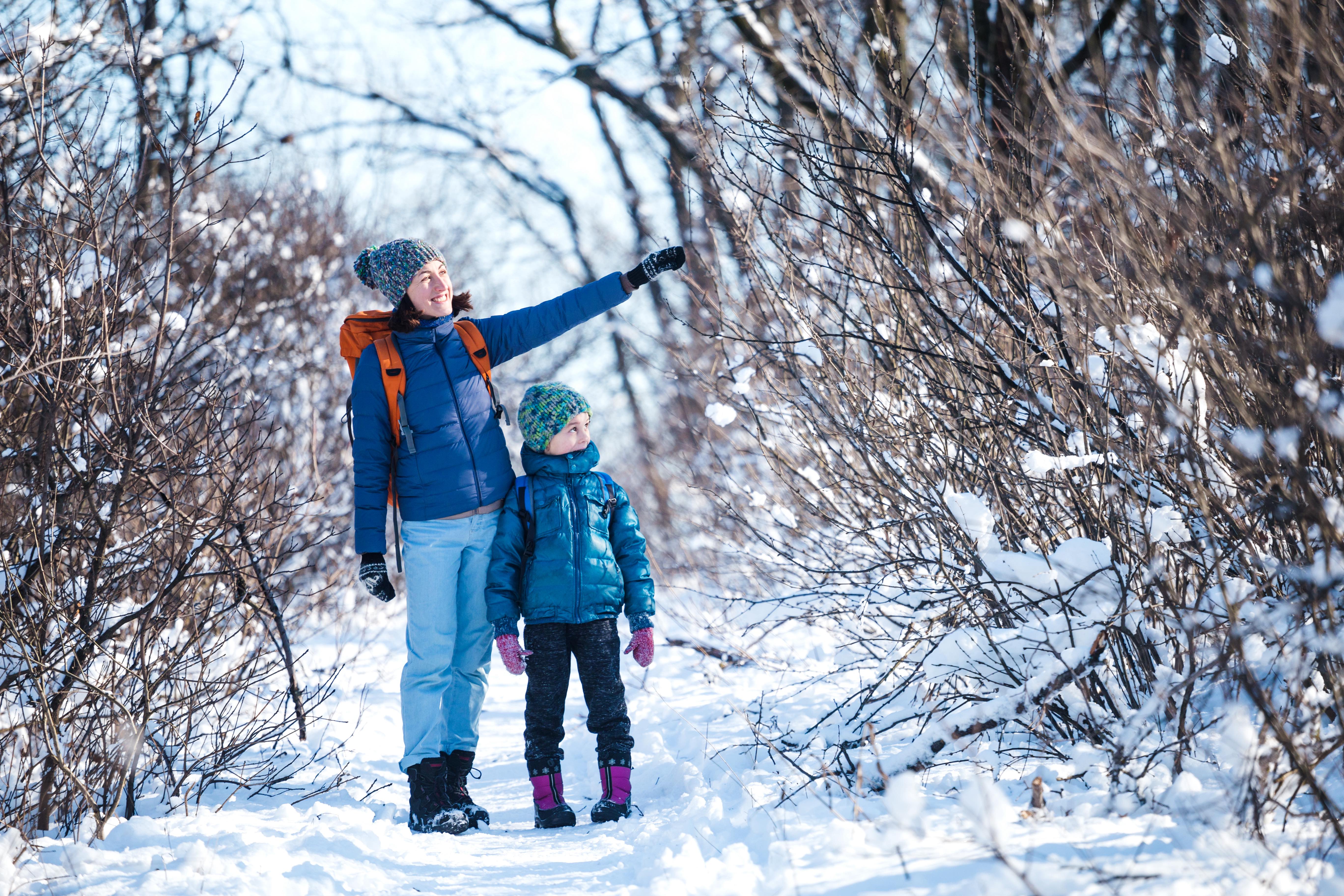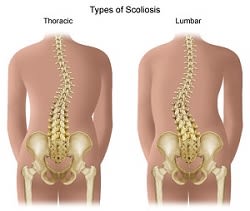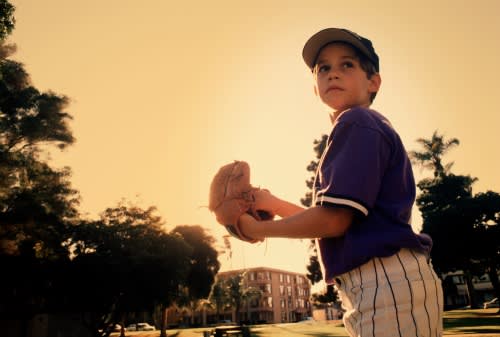Of all the sports I recommend to patients with knee pain, cycling is paramount. Unlike high-impact activities, like running, cycling spares and may even strengthen your knees.
An observational study associated a lifetime of bicycling with less damage to and pain in the knee joint than a lifetime of running. This doesn’t mean you have to be a lifelong cyclist to enjoy better knee health. According to the study, people who cycled at any point in their life were 17% less likely than non-cyclists to develop knee pain and 21% less likely to develop arthritis with pain in the knee joint.
This is especially good news for middle-aged and older adults who believe they must limit or stop exercising for fear of aggravating knee pain due to conditions such as osteoarthritis. The fact is, immobility tends to worsen knee stiffness and pain, and eventually weakens the knee, which is why I tell my patients with arthritis to keep moving and urge them to try cycling.
The knee joint is like a baby sapling. As it grows, it needs supportive cables. In terms of your knees, these “cables” are the surrounding muscles — including the gluteus or buttock muscles and quadriceps – which support the hips and knees. This critical muscular support helps the knees to do all the things they’re supposed to do. Without strong muscular support, the knees won’t function normally.
Biking protects your knees because it builds these surrounding muscles without jarring the knee like running does. It also puts your knees through the range of motion that all joints need, even when they’re repairing. Motion stimulates and increases the natural lubrication around the knee cartilage, which in turn, decreases inflammation and stiffness.
That’s why I encourage all patients to cycle, even those with chondromalacia (wearing of the cartilage) or knee replacements. Cycling is great training for the muscles, as well as the cardiovascular system. Its therapeutic benefits are so substantial that marathon runners and triathletes commonly take a “recovery” bike ride after a big race.
Haven’t ridden a bike recently? If you cycled as a youngster, then your leg and knee muscles are probably still strong. Consider that most of the participants in the study, who ranged in age from 45 to 79 years, did their cycling when they were 12-to-18 years old, but maintained strong quadriceps even though they may have stopped cycling.
As you do for any exercise, develop a gentle, thorough stretching routine for your hip flexors, neck, and IT (iliotibial) band, the thick band of fibrous tissue that runs along the outside of your leg, to prepare them for maintaining one position for an extended period.
Also, stay hydrated and fueled. When you’re cycling, the breeze that hits you can fool you into believing that you're not sweating or getting tired. Be sure to take breaks to drink water or other healthy liquids and eat a healthy snack.
Whether you're in your teens, 20s, or heading toward retirement, bicycling is a great way to keep your knees and the rest of your body healthy and strong.
An observational study associated a lifetime of bicycling with less damage to and pain in the knee joint than a lifetime of running. This doesn’t mean you have to be a lifelong cyclist to enjoy better knee health. According to the study, people who cycled at any point in their life were 17% less likely than non-cyclists to develop knee pain and 21% less likely to develop arthritis with pain in the knee joint.
This is especially good news for middle-aged and older adults who believe they must limit or stop exercising for fear of aggravating knee pain due to conditions such as osteoarthritis. The fact is, immobility tends to worsen knee stiffness and pain, and eventually weakens the knee, which is why I tell my patients with arthritis to keep moving and urge them to try cycling.
The knee joint is like a baby sapling. As it grows, it needs supportive cables. In terms of your knees, these “cables” are the surrounding muscles — including the gluteus or buttock muscles and quadriceps – which support the hips and knees. This critical muscular support helps the knees to do all the things they’re supposed to do. Without strong muscular support, the knees won’t function normally.
Biking protects your knees because it builds these surrounding muscles without jarring the knee like running does. It also puts your knees through the range of motion that all joints need, even when they’re repairing. Motion stimulates and increases the natural lubrication around the knee cartilage, which in turn, decreases inflammation and stiffness.
That’s why I encourage all patients to cycle, even those with chondromalacia (wearing of the cartilage) or knee replacements. Cycling is great training for the muscles, as well as the cardiovascular system. Its therapeutic benefits are so substantial that marathon runners and triathletes commonly take a “recovery” bike ride after a big race.
Haven’t ridden a bike recently? If you cycled as a youngster, then your leg and knee muscles are probably still strong. Consider that most of the participants in the study, who ranged in age from 45 to 79 years, did their cycling when they were 12-to-18 years old, but maintained strong quadriceps even though they may have stopped cycling.
Tips for new cyclists:
If you’re returning to cycling after many years or are new to the sport, then here are some precautions you should consider:- Make sure your bike fits your build. If a bike is too big for small, the seat is too high, or you must stretch too far to reach the handlebars, then you'll put too much pressure on your back, hips, and knees.
- Get comfortable cycling by practicing on an indoor bike. You might even try a spin class. Ask the instructor to show you how the bike should fit.
- Buy a bicycle helmet. Adjust the straps so it fits snuggly and does not bounce around.
- Make sure you have appropriate protective eyewear.
- Consider wearing shoes that clip onto your bike pedals. This will help you to engage your quadriceps, hamstrings, and gluteus muscles by allowing you to pull up in addition to pushing down.
As you do for any exercise, develop a gentle, thorough stretching routine for your hip flexors, neck, and IT (iliotibial) band, the thick band of fibrous tissue that runs along the outside of your leg, to prepare them for maintaining one position for an extended period.
Also, stay hydrated and fueled. When you’re cycling, the breeze that hits you can fool you into believing that you're not sweating or getting tired. Be sure to take breaks to drink water or other healthy liquids and eat a healthy snack.
Whether you're in your teens, 20s, or heading toward retirement, bicycling is a great way to keep your knees and the rest of your body healthy and strong.
Featured Expert/ Author























